 Beaver Dam and Lake
Beaver Dam and Lake
Entry Category: Science and Medicine
 Beaver Dam and Lake
Beaver Dam and Lake
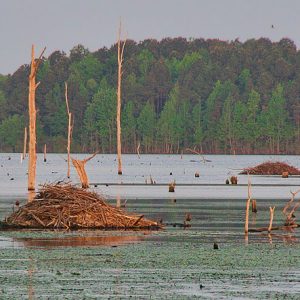 Beaver Lodges at Columbia Lake
Beaver Lodges at Columbia Lake
 Bedbugs
Bedbugs
 Beetles
Beetles
Bentley, Edwin
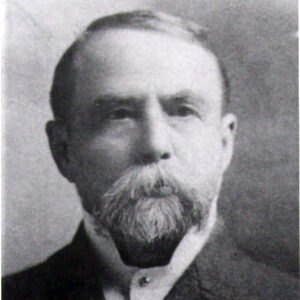 Edwin Bentley
Edwin Bentley
Berry, Daisilee Hutchins
Berry, Danielle Bunten
aka: Daniel Bunten
Big Arkie
Birds
Birdwatching
aka: Birding
Birth Control Movement
aka: Family Planning Movement
Black Bears
aka: Ursus americanus
 Black Diamond Drug Company
Black Diamond Drug Company
 Black River Bridge
Black River Bridge
Blakely Mountain Dam
aka: Blakely Dam
aka: Lake Ouachita
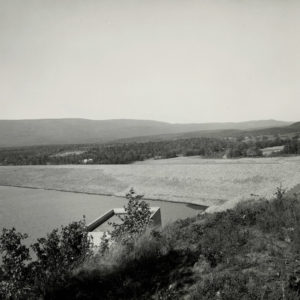 Blue Mountain Dam
Blue Mountain Dam
Blue Mountain Dam and Lake
Bobby Hopper Tunnel
 Bobby Hopper Tunnel
Bobby Hopper Tunnel
 Bobby Hopper Tunnel
Bobby Hopper Tunnel
 Bobcat
Bobcat
Bodark
aka: Osage Orange
aka: Maclura pomifera
aka: Bois d'Arc
aka: Horse Apple
aka: Hedge Apple
 Bogus Cure
Bogus Cure
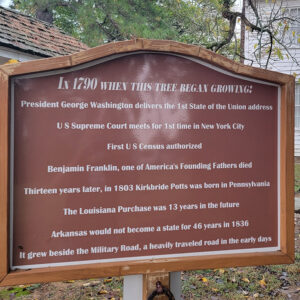 Bois D'Arc Tree
Bois D'Arc Tree
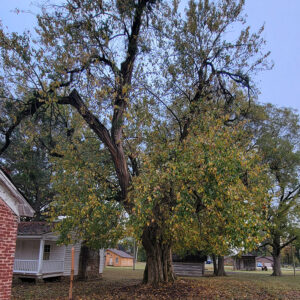 Bois D'Arc Tree
Bois D'Arc Tree
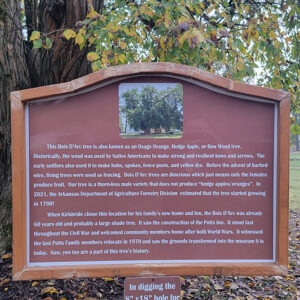 Bois D'Arc Tree
Bois D'Arc Tree
 Boozman Campaign
Boozman Campaign
 Boozman Speaking
Boozman Speaking
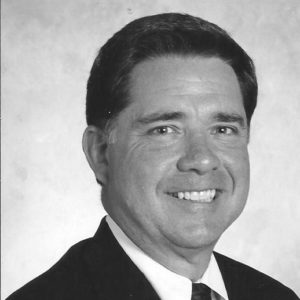 Fay Boozman
Fay Boozman
Boozman, Fay
 Botanical Garden of the Ozarks
Botanical Garden of the Ozarks
Botanical Garden of the Ozarks
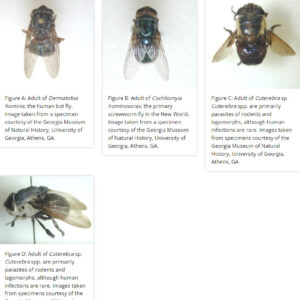 Botflies
Botflies
Bowfin
aka: Grinnell
Bowman, Malcolm Cleaburne
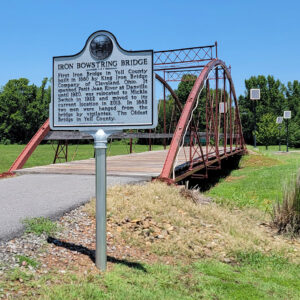 Bowstring Bridge
Bowstring Bridge
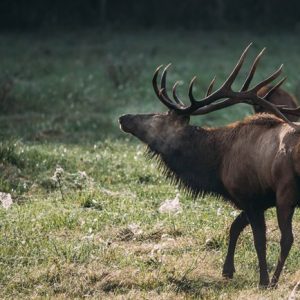 Boxley Elk
Boxley Elk
Branchiobdellidans
aka: Crayfish Worms
Branner, John Casper
Breland, Keller Bramwell
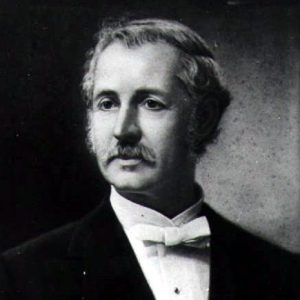 Augustus L. Breysacher
Augustus L. Breysacher
Breysacher, Augustus Louis
Bridges
Brinkley, John Richard
 Broadhead Skinks
Broadhead Skinks
 Broadway Bridge
Broadway Bridge
Broadway Bridge
 Broadway Bridge Demolition
Broadway Bridge Demolition
 Broadway Bridge Remodel
Broadway Bridge Remodel




